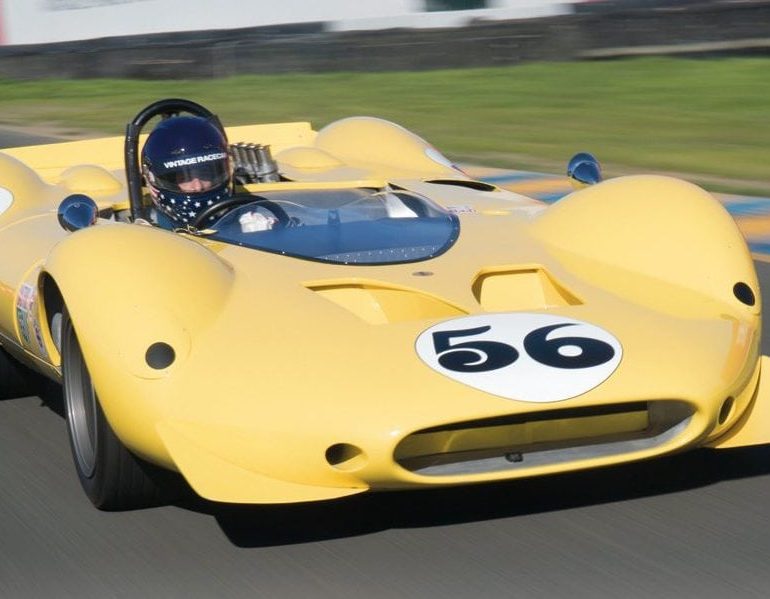In this month’s Racecar Profile [“Bound by Fate”], you’ll read that I recently had the opportunity to test drive the “King Cobra” that Shelby American built for the 1967 Can-Am season. While this is a fascinating tale of missed opportunities and misunderstandings, there are so many great pieces of history woven into this car that it was impossible to include them all. However, one aspect of this story that does deserve separate mention is the car’s primary driver, Jerry Titus.
Titus was born in Johnson City, New York, on October 24, 1928. Despite growing up during the Depression, Titus showed musical talent at an early age and would ultimately graduate from the prestigious Julliard School of Music as a very accomplished trumpeter. Titus played in a jazz band led by renowned trombonist Jack Teagarden, but eventually gravitated toward more stable work (working on automobiles) once his son Rick was born.



